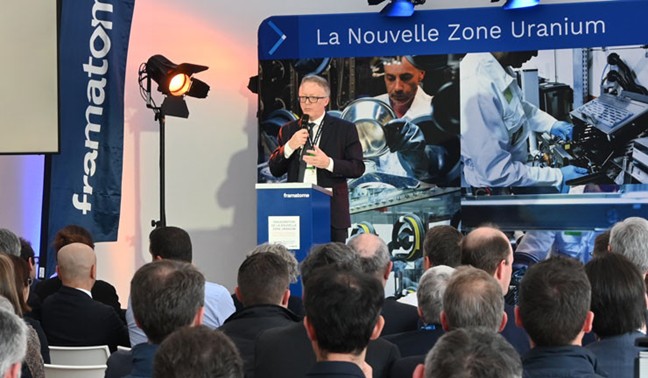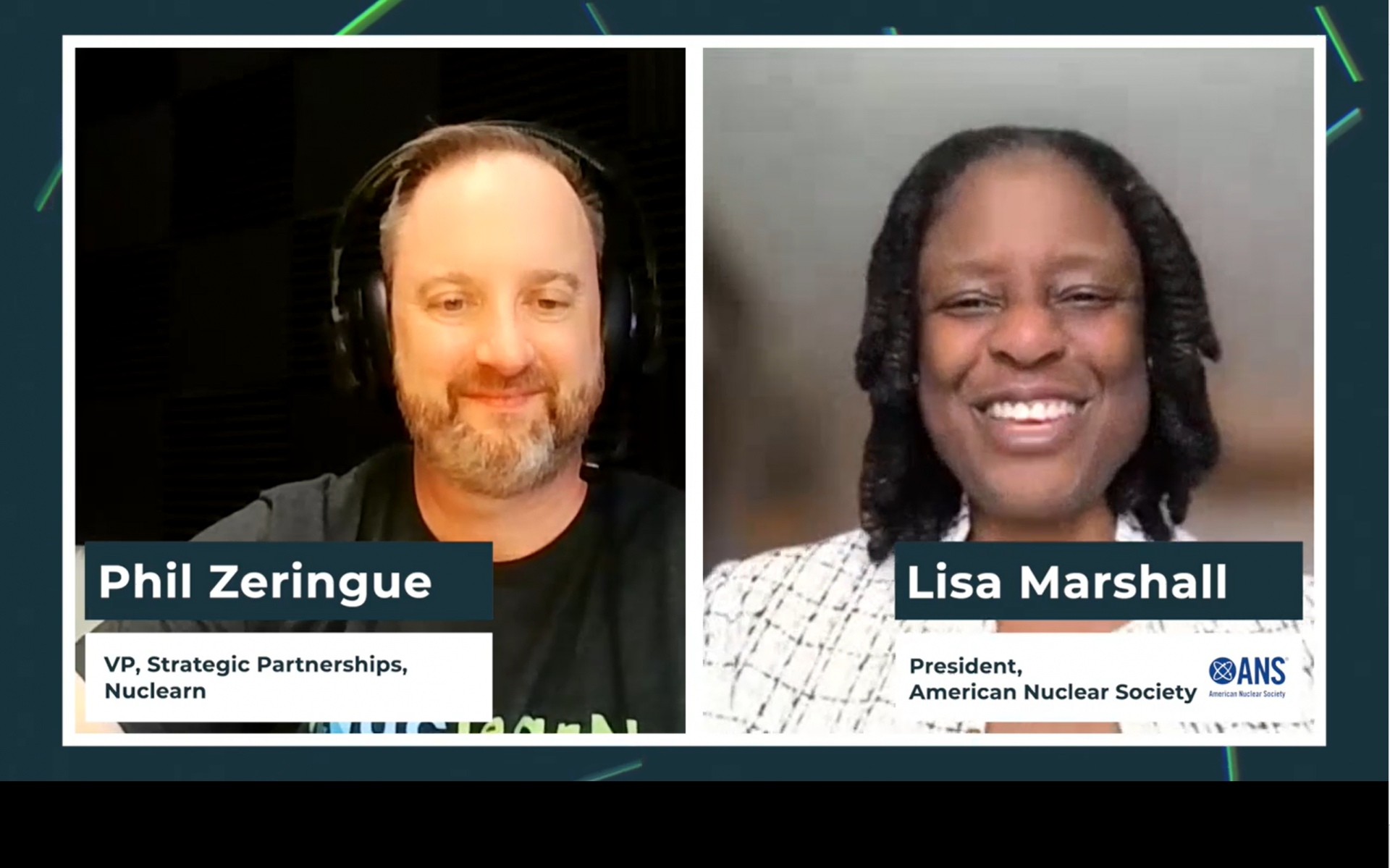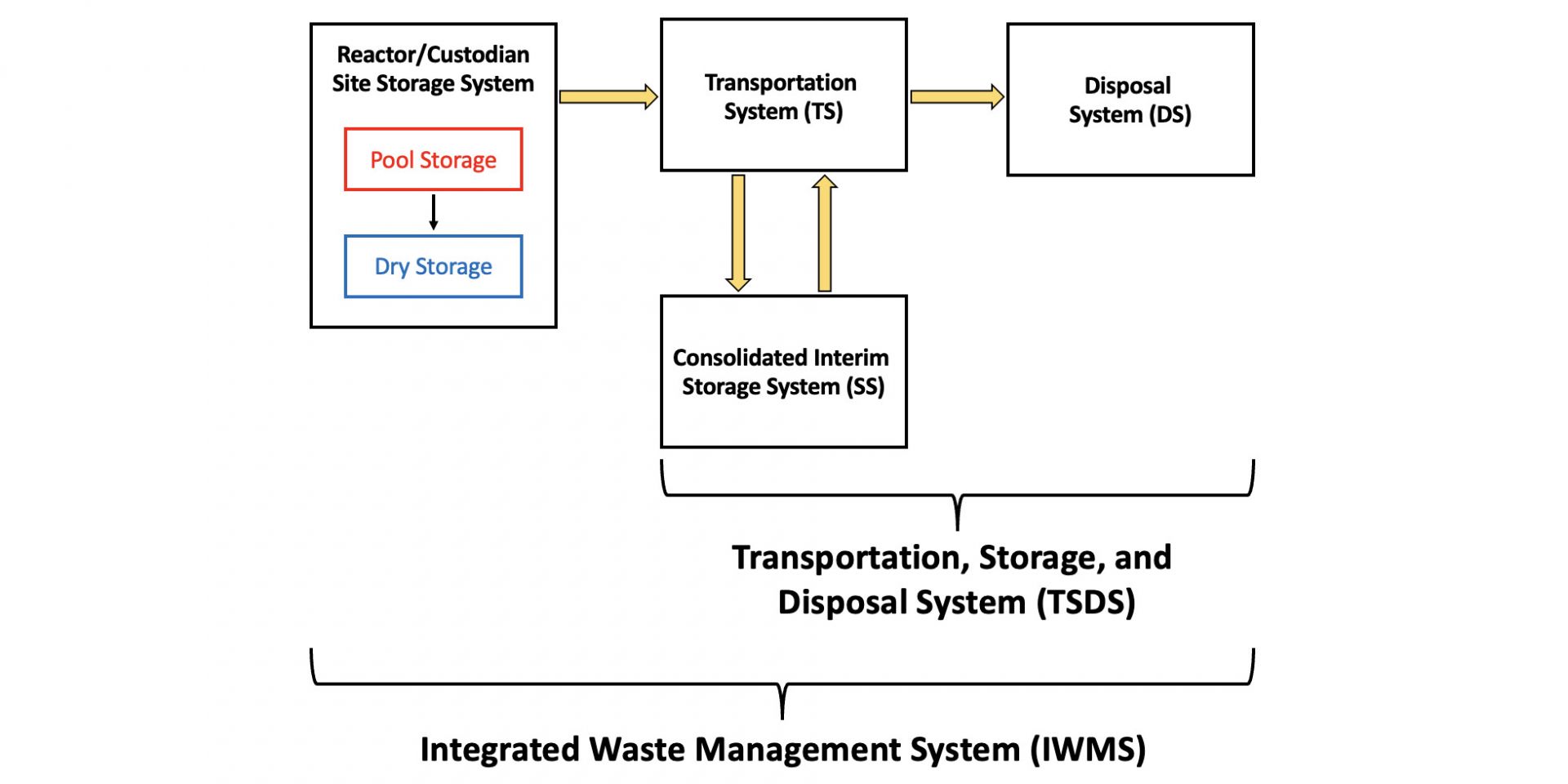Artist’s impression of NASA’s Dragonfly approaching a landing site on Saturn’s moon Titan. Essentially a flying chemistry lab, along with cameras and other science instrumentation, Dragonfly will travel between dozens of landing sites on Titan’s surface to investigate the chemical origins of life. (Image: NASA/Johns Hopkins APL/Steve Gribben)
Curiosity landed on Mars sporting a radioisotope thermoelectric generator (RTG) in 2012, and a second NASA rover, Perseverance, landed in 2021. Both are still rolling across the red planet in the name of science. Another exploratory craft with a similar plutonium-238–fueled RTG but a very different mission—to fly between multiple test sites on Titan, Saturn’s largest moon—recently got one step closer to deployment.
On April 25, NASA and the Johns Hopkins University Applied Physics Laboratory (APL) announced that the Dragonfly mission to Saturn’s icy moon passed its critical design review. “Passing this mission milestone means that Dragonfly’s mission design, fabrication, integration, and test plans are all approved, and the mission can now turn its attention to the construction of the spacecraft itself,” according to NASA.
Idaho National Laboratory’s Idaho Falls campus. (Photo: INL)
Idaho National Laboratory is looking for a sponsor to invest $5 million–$10 million in a privately funded innovation incubator to support seed-stage start-ups working in nuclear energy, integrated energy systems, cybersecurity, or advanced materials. For their investment, the sponsor gets access to what INL calls “a turnkey source of cutting-edge American innovation.” Not only are technologies supported by the program “substantially de-risked” by going through technical review and development at a national laboratory, but the arrangement “adds credibility, goodwill, and visibility to the private sector sponsor’s investments,” according to INL.
Plastic pollution from overseas washes up on San Cristobal Island, part of the Galapagos Islands archipelago, in 2019. (Photo: F. Oberhaensli/IAEA)
The International Atomic Energy Agency announced that its Nuclear Technology for Controlling Plastic Pollution (NUTEC Plastics) initiative has partnered with Ecuador’s Oceanographic Institute of the Navy (INOCAR) and Polytechnic School of the Coast (ESPOL) to build microplastic monitoring and analytical capacity to address the growing threat of marine microplastic pollution in the Galapagos Islands.
ANS President Lisa Marshall presented Illinois Tech vice provost for research Jeff Terry with the Armour Research Foundation Research Reactor’s Nuclear Historic Landmark plaque at the April 23 ceremony.
The American Nuclear Society presented the Illinois Institute of Technology with a plaque last week to officially designate the Armour Research Foundation Reactor a Nuclear Historic Landmark, following the Society’s decision to confer the status onto the reactor in September 2024.
Work on Argonne's METL sodium test loop. (Photo: Argonne National Laboratory)
Argonne National Laboratory has successfully swapped out an aging cold trap in the sodium test loop called METL (Mechanisms Engineering Test Loop), the Department of Energy announced April 23. The upgrade is the first of its kind in the United States in more than 30 years, according to the DOE, and will help test components and operations for the sodium-cooled fast reactors being developed now.
Gas-fired power units under construction at the IPP plant site in central Utah. (Photo: IPA)
Utah-based waste management company EnergySolutions announced that it has signed a memorandum of understating with the Intermountain Power Agency and the state of Utah to explore the development of advanced nuclear power generation at the Intermountain Power Project (IPP) site near Delta, Utah.
Concept art of Pacific Fusion’s planned demonstration system. (Image: Pacific Fusion)
Pacific Fusion has a staff that knows its way around pulsers and inertial fusion, and an ongoing collaboration with General Atomics. Today, the two companies are announcing plans to test Pacific Fusion’s pulser-driven inertial fusion energy concept, with commercial fusion power as the goal.
“We are building a fusion machine and testing all equipment—including components and a pulser module—at our Pacific Fusion test center,” Pacific Fusion cofounder and chief technology officer Keith LeChien told Nuclear News. “GA’s engineering expertise remains an important part of our progress, and we expect this collaboration to continue through future phases of development.”
Framatome’s Lionel Gaiffe during the inauguration ceremony of the new CERCA workshop in France. (Photo: Framatome)
Framatome announced that it has inaugurated a new workshop dedicated to the fabrication of fuel for research reactors and targets for medical isotopes at the company’s Romans-sur-Isère site in France. The workshops are part of Framatome’s CERCA division, which manufactures fuel and irradiation targets for research reactors.
Fig. 1. The systems that make up the IWMS and their interdependencies.
Nuclear energy produces about 9 percent of the world’s electricity and 19 percent of the electricity in the United States, which has 94 operating commercial nuclear reactors with a capacity of just under 97 gigawatts-electric. Each reactor replaces a portion of its nuclear fuel every 18 to 24 months. Once removed from the reactor, this spent (or used) nuclear fuel (SNF or UNF) is stored in a spent fuel pool (SFP) for a few years then transferred to dry storage.


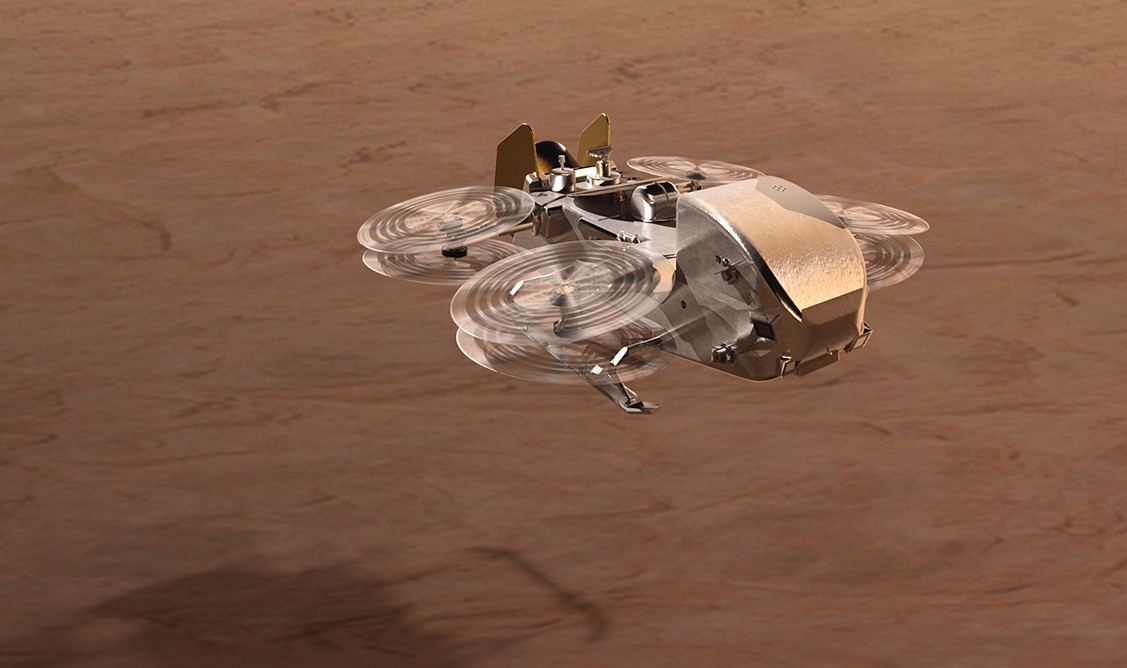


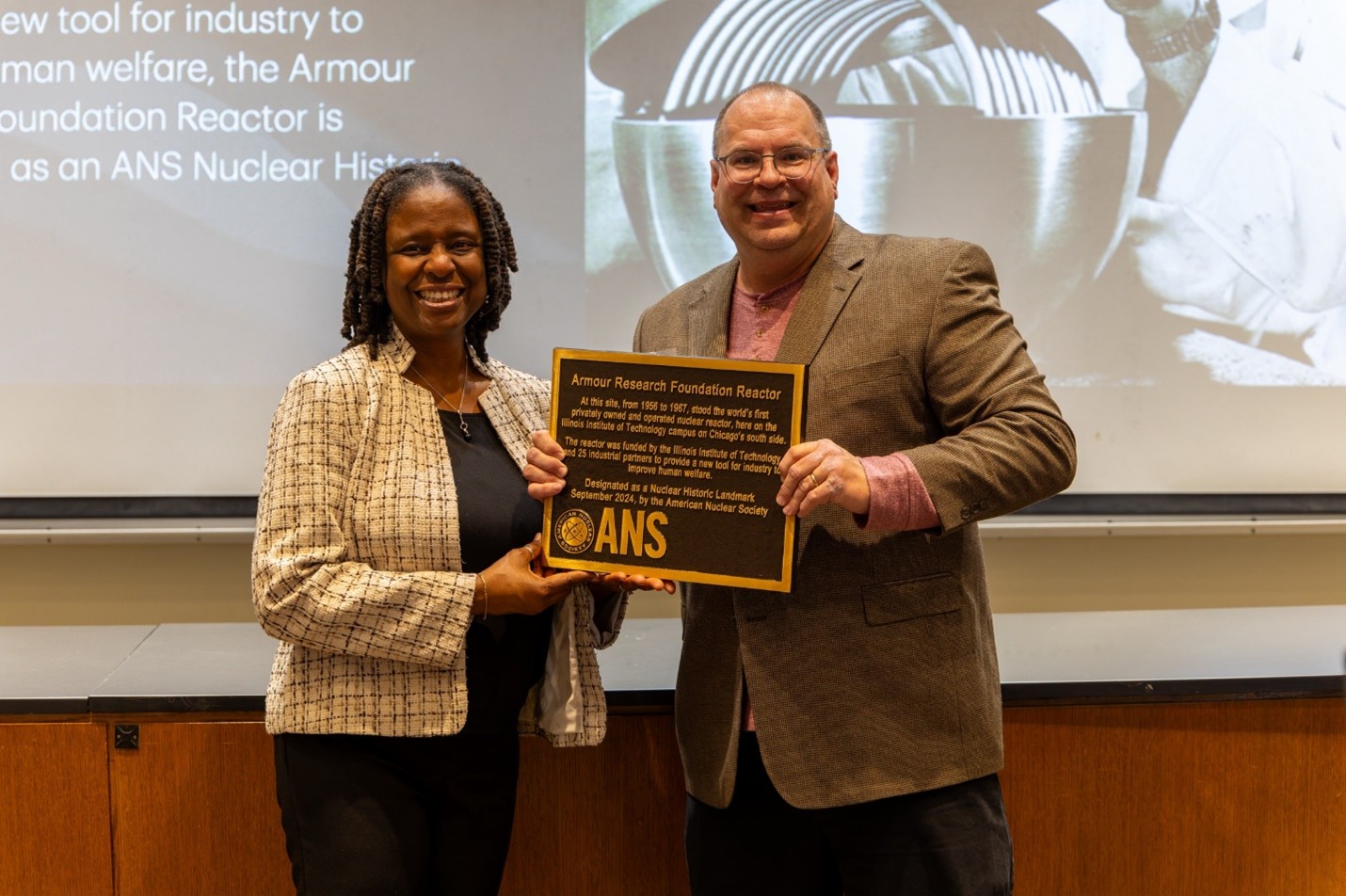



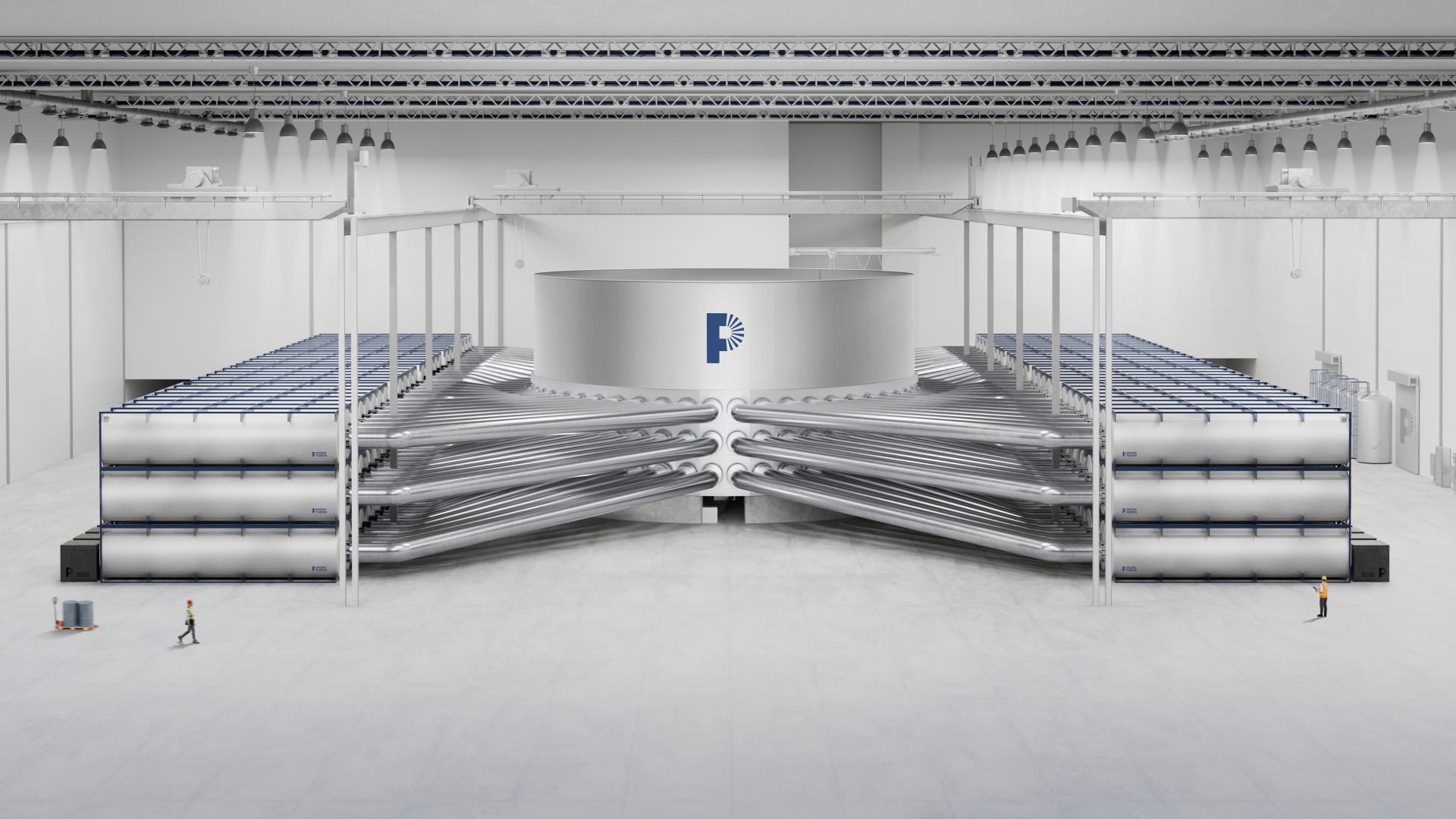.jpg)
